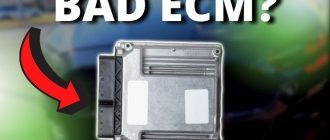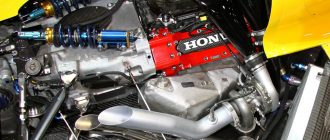Contents
How to Know if Your Car Engine is Flooded
Symptoms of a Flooded Engine
A flooded engine occurs when too much fuel is introduced into the cylinders, preventing the engine from starting. This can happen for a number of reasons, including:
- Over-cranking the engine
- A faulty fuel injector
- A clogged air filter
- A bad spark plug
The symptoms of a flooded engine can include:
- The engine will not start
- The engine will crank slowly or not at all
- The engine will start and then die immediately
- The engine will run rough
- The engine will emit black smoke from the exhaust
How to Fix a Flooded Engine
If you think your car engine is flooded, there are a few things you can do to try to fix it:
- Turn off the ignition. This will stop the fuel pump from sending more fuel to the engine.
- Wait a few minutes. This will give the excess fuel time to evaporate.
- Try to start the engine again. If the engine starts, let it run for a few minutes to clear out the excess fuel.
- If the engine still won’t start, you may need to call a mechanic.
How to Prevent a Flooded Engine
There are a few things you can do to help prevent your car engine from flooding:
- Don’t over-crank the engine. If the engine doesn’t start after a few seconds, stop cranking and try again.
- Have your fuel injector checked regularly. A faulty fuel injector can cause the engine to flood.
- Replace the air filter regularly. A clogged air filter can restrict airflow to the engine, causing it to flood.
- Check the spark plugs regularly. Bad spark plugs can cause the engine to misfire, which can lead to flooding.
Conclusion
A flooded engine can be a frustrating experience, but it is usually a relatively easy problem to fix. By following the tips in this article, you can help prevent your car engine from flooding and keep your vehicle running smoothly.




